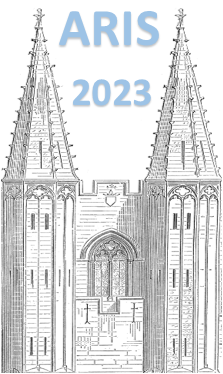Orateur
Description
The radioisotope thorium-229 features a nuclear isomer with an exceptionally low excitation energy of ≈ 8 eV and a favourable coupling to the environment, making it a candidate for a next generation of optical clocks allowing to study fundamental physics such as the variation of the fine structure constant [1,2]. While first indirect experimental evidence for the existence of such a nuclear state dates from almost 50 years ago, the proof of existence has been delivered only recently by observing the isomer’s internal electron conversion decay [3]. This discovery triggered a series of successful measurements using the α-decay of uranium-233 of several properties, including its energy, an important input parameter for the development of laser excitation of the nucleus. In spite of recent progress, the difficulties to observe the isomer’s radiative decay remains a dark spot of this research field. The development towards a "nuclear clock" is further hindered by a too large uncertainty on the isomer energy.
In order to overcome limitations of previous experiments and to increase the population of the isomer while easing at the same time background contributions, a novel approach is used to populate the isomeric state in radioactive decay [4]. It is based on the β-decay of actinium-229 and
uses radioactive ion beams provided by the ISOLDE facility at CERN implanted into large-bandgap crystals.
In this contribution, a dedicated setup for the implantation of a francium/radium/actinium-229 beam into large-bandgap crystals and the vacuum-ultraviolet spectroscopic study of the emitted photons will be presented. From the results obtained during a first measuring campaign using MgF2 and CaF2 crystals as host material it can be concluded that the radiative decay of the thorium-229 isomer has been observed for the first time, the excitation energy of the isomer has been determined with a factor of 5 improved uncertainty.
References
[1] E. Peik et al., Europhys. Lett. 61, 2 (2003).
[2] E. Peik et al. Quantum Sci. Technol. 6 (3), 034002 (2021).
[3] L. von der Wense et al. Nature 533 (7601), 47–51 (2016).
[4] M. Verlinde et al., Physical Review C, 100, 024315 (2019).

